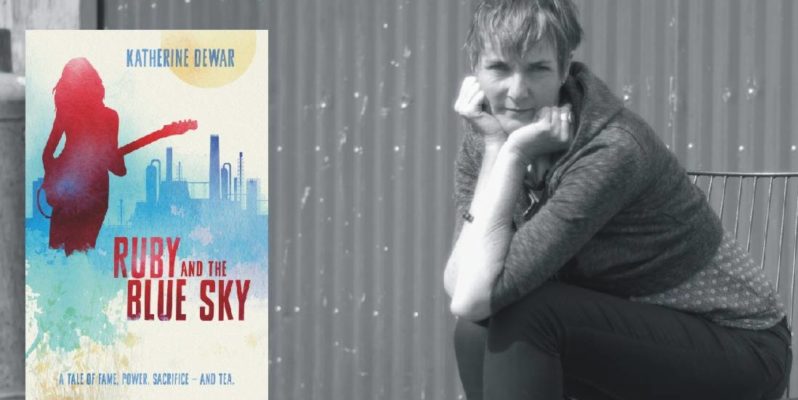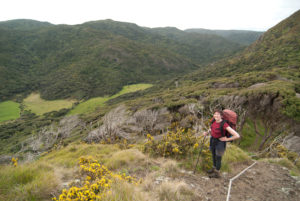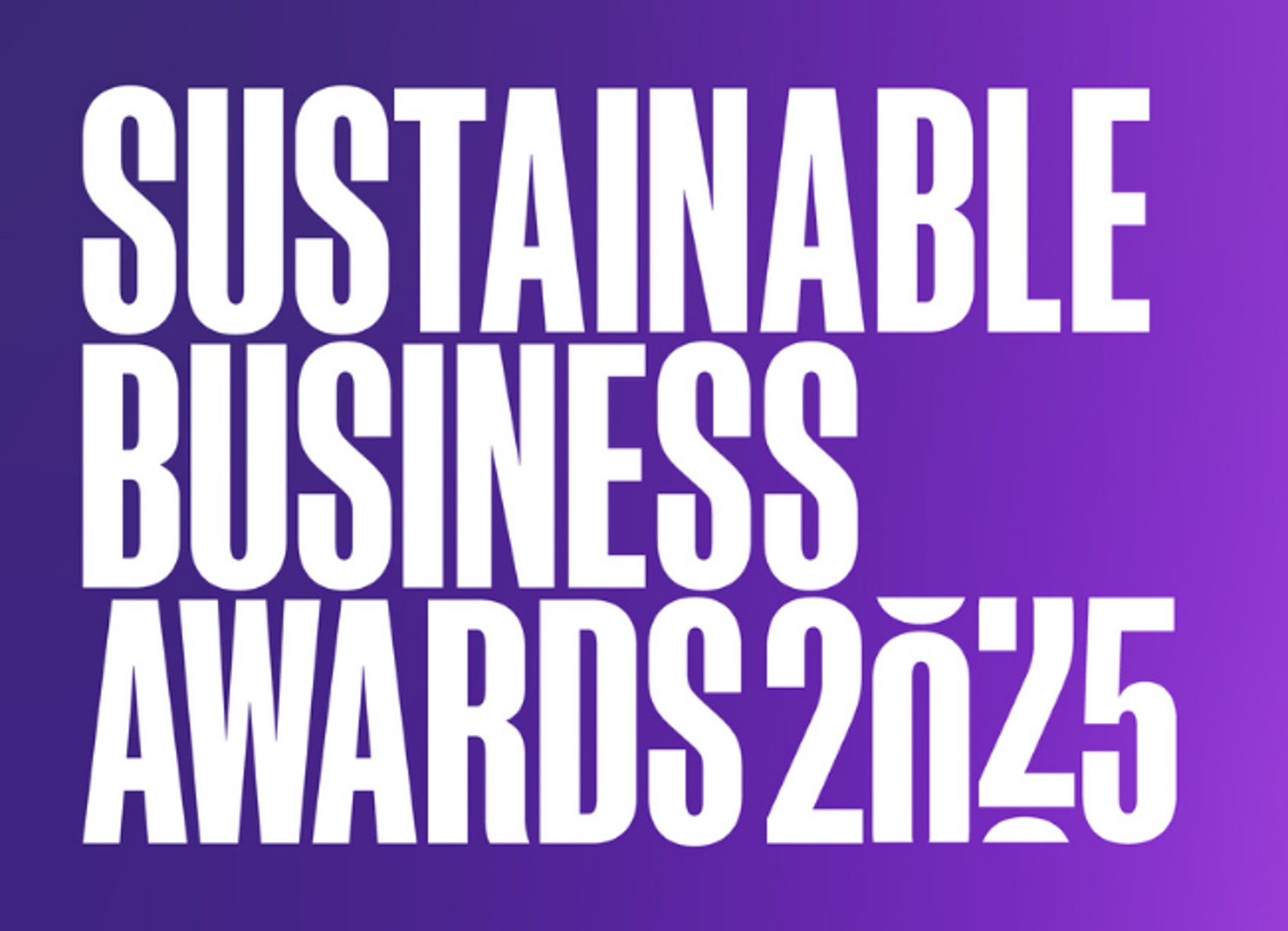It’s now easier than ever to climb the content marketing peak of book self-publishing. New digital tools make production easier and new platforms make it easier to get your book to readers. There’s also been huge growth in demand for content.
Knowing this – and having chosen to debut as an author with an arguably niche ‘feminist climate change thriller’ – I spent time over the summer break researching the feasibility of self-publication, compared to trying to secure a conventional publishing deal. (I’m not good with patience or dependency, so self-publishing won out, this time around). My research established the stages of the ascent and enabled me to choose the guides and equipment I would need along the way. On 15th July, I launched my first novel as an ebook and paperback with worldwide sales and distribution.
Having successfully completed the seven stages of publication, and being well underway with the eighth, promotional stage, I’ve had multiple requests to share what I learned. My journey has also given GoodSense project management skills and networks we can use for any clients who have knowledge they want to share in book format. This summary is a short overview of my insights and I’m very happy to discuss this knowledge, or how we might be able to help you publish. I’d also note my experience relates to publishing in English-only for markets outside China, which will have its own characteristics. Scaling the content summit – publishing a book
| Stage in publishing journey | Approach used for Ruby and the Blue Sky | |
| 1 | What’s your goal? Knowing what you want to achieve is key with this – the book might be to record knowledge so it’s not lost, generate leads for a business, spread information widely, generate revenue or have any number of other objectives. Having a clear goal will shape your decisions. | With my novel, I wanted it to be as widely read as possible and become self-funding over time. I also wanted it to be a credible debut – I do run a marketing business, after all, and this won’t be my last book. |
|
2 |
Developing the content A book could be anything from 20 pages of images to a seven volume business-fiction epic, a memoir of your experiences as an entrepreneur or a ‘how to guide’ to decision making in your sector. If you have the idea or a content outline, you can commission writing and/or illustration. Like any content, it needs to appeal to your target audience. | I love writing fiction and particularly the dual freedom and discipline of crafting a novel. I wrote Ruby and the Blue Sky in my spare time over a four year period with a year off to develop and launch the Sustainable Marketing online course. I write for a progressive adult audience who want intelligent, inspiring escape that reflects their concerns and has characters they can relate to. |
| 3 | Don’t be annoying The most frequent gripes by readers of self-published books relate to the quality of the editing – or the lack of it. Shape and fine-tune the content until it’s great, get it read and re-read by people with fresh eyes and vigilant red pens, select or commission images with care. Typos, continuity glitches and poor images undermine even the best story.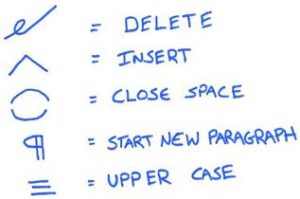 |
Given my goals included creating a credible product and keeping costs down, I drew on friends with professional skills in three waves during the process.1)I got my third draft read by avid readers and a couple of writing friends I could trust to be critical, including a couple of topic experts.2)I had two new friends, with professional editing skills, kindly volunteer to read the fourth draft.3) The final draft was proof-read for typos and layout by three more friends.Lastly, I printed the whole thing out and spent a weekend re-reading it very, very carefully and making the last corrections. |
| 4 | Your cover counts Book purchase decisions are made in a fraction of a second based on how a thumbnail of the cover looks on a smart phone. It had better be good.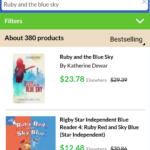 |
Having spent 25 years commissioning professional design work, I knew early in the research I wanted to commission a professional cover. I considered friends with art and design skills but book design is a highly specialist skill. I looked at online services but decided to make a buy-local procurement decision and gave the project to one of NZ’s top cover designers, Keely O’Shaunessy. The cover design was by far my biggest financial outlay in the publishing process. |
| 5 | Format and production This stage is the most technically tricky of the ascent, with each decision branching into new options. It merits its own article but in short these are the questions to resolve:eBook or physical print?If eBook, for Kindle only (MOBI) or other formats too (ePub, IBA)?If physical print, will you get 1,500 printed or have copies printed and shipped ‘on demand’ (PoD)? Hardback or paperback only? What trim size? White paper or cream? Standard cover or a varnish.What about an audio book?Again, your production format decisions should be guided by what your target audience reads. Each format has its own requirements in terms of book file creation, and these are also shaped by the channels you choose for distribution. Each option also has its own requirements in terms of text layout and the format of the output files that will be uploaded. |
To be widely read, my novel had to be widely available. I chose to publish Ruby and the Blue Sky as both an eBook and a paperback.I decided to produce the eBook as MOBI format for Kindle sales and in the ePub format which is offered on Apple’s iBooks app alongside their proprietary IBA format.For the physical print, upfront outlay, environmental impact and ease of logistics were important, as well as availability to as many readers in as many markets as possible. I didn’t want 1,500 copies in my garage. I wanted copies in readers’ hands as easily as possible, anywhere in the world, with minimal waste. So I chose print on demand (PoD), where a copy (or copies) are printed and shipped when a customer orders from an online bookshop or if a bookstore or library order a supply. As the publisher, I get a special rate per book for any I order directly, as ‘thankyou’ copies for my talented friends, for example.I made the size ‘Demy’ (216 x 138mm) a standard format big enough for bookshops and libraries to carry but lower cost than the largest formats. I selected cream paper, the classic option for fiction, and a matte varnish for the cover. If people buy a physical book they like it to look and feel good.These choices meant I had to layout and format the final, edited text into four different files for upload to my chosen production partners.I’ve had a few requests for an audio book but have shelved (!) that for now and may consider crowd-funding one next year. |
| 6 | Where will it be sold? The world of online book retail comprises Amazon/Kindle and the rest. ‘The rest’ ranges from book specialists, like Kobo, to generalists like Fishpond. It also includes niche online bookstores, some of which are independent and some affiliates, feeding orders to the big players.Offline, there are bookstore chains (Whitcoulls and Paperplus locally, for instance) and independent bookstores. Libraries also buy and stock books for readers. Physical bookshops and libraries mainly order through wholesalers. Different eBook distribution companies and book printing companies have relationships with different wholesalers and retailers in different markets. It’s complicated.You might also of course choose to sell the eBook or physical copies yourself, at events or through your own online store, in which case you will get the customer information, unlike with the options above.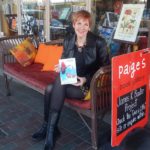 |
Again, following my goals and research insights I chose a two-pronged approach which reflects the structure of the market ; Amazon/Kindle and the rest.For Amazon/Kindle, I dealt direct. My research suggested this path is smoothest. Amazon does have fish-hooks in its contracts so I set up the Amazon and Kindle arrangements last. I am also mindful of their ethics to authors and staff but their reach is huge, so I’ve made that compromise.Before setting up anything with Amazon, I created an account and uploaded files for production with IngramSpark, my print and distribution partner for ‘the rest’. I chose Ingram because their background is printed book distribution which means they have arrangements with wholesalers as well as retailers for eBooks and printed books. They work with most online retailers, including iBooks, Kobo, Fishpond etc and will also supply through Amazon if you want them to.There were a host of administration stages amongst all this including
|
| 7 | Pricing You need a pricing strategy for your book, the same as for any other product.For an eBook where you want to maximise distribution it might be FREE, priced at a low 99c, or sold at a few dollars per download to generate revenue.You might choose to price your physical book to just recover costs, though be wary of hidden hazards like international currency fees, exchange rate fluctuations and local GST legislation, or to make a profit. As the publisher, you get to set the Recommended Retail Price and can choose what discount, if any, you’ll offer retailers (the preferred trade standard is 55%). | I needed to price Ruby and the Blue Sky at the quality fiction end of the market to generate a margin after per-copy production and distribution costs. As an unknown author, this is hurdle but I figured my target reader would pay to read it if they found the cover and blurb compelling.The unit cost per copy to the publisher is lower if you print 1,500 copies or more upfront, rather than Print on Demand, but you have to carry the outlay upfront.I took a format-agnostic view to pricing which means I get ‘a couple of bucks’ NZ for every copy sold, regardless of currency, platform or format. I also offer the maximum 55% trade discount to support book shops who want to order. (It’s $29.99 incl GST in NZ if you’re wondering!) |
| 8 | Marketing Like with any product or service, production is only the beginning. Marketing as a self-published author is a slow road because the large publishing companies still dominate the industry, awards and media opportunities. However the opportunities for digital promotion are endless and an entire indie-infrastructure has evolved with free and paid for services for everything from reviews to specialist social media and more. One young indie author is spending 100 days wearing a sandwich board in the streets of Leeds to promote his book.Knowing your audience and connecting with them through your shared networks can build to tremendous reach, over time. Preparing a Title Information Sheet is an essential tool to start with. Great photos are gold. Having a good book helps, of course. |
I’ve sometimes felt there’s a tension in my life between writing fiction and having a marketing career. In self-publishing Ruby and the Blue Sky, I’ve learned it’s the perfect profession.Tasks from book metadata creation to tagline development, writing a blurb, organising a photo shoot, creating and sending press releases, speaking at events, running social media, working with retailers and planning campaigns are things I’m trained and experienced at doing.Global online sales mean there’s no problem with me running marketing ‘after hours’. But the global is balanced by the hyper-local. Regional centres have been brilliantly supportive in print media, radio and artistic community support for a debut indie novelist. Having had launch events with over 30 people in Leeds, UK, where the novel is set, and Whanganui, as part of their Winterwonderfest, it’s Auckland’s turn on 8th September. It might be a wide world for an author, but the community library is at its heart. |
I’m very happy to talk about this experience and am delighted it’s extended our project management capability for GoodSense clients. The summit of book publication might be more accessible than ever before but it is a serious climb, requiring stamina, skills and a budget of time or dollars to achieve. Like any climbing endeavour, its best following regular training on small hills. If you’d like help with the more modest content goals of a good regular eNewsletter, smashing blog posts or social media that gets shared, we’re very happy to talk about those too. Please do call with any thoughts, feedback or questions – 09 973 0963 – or email me on kath@goodsense.co.nz
